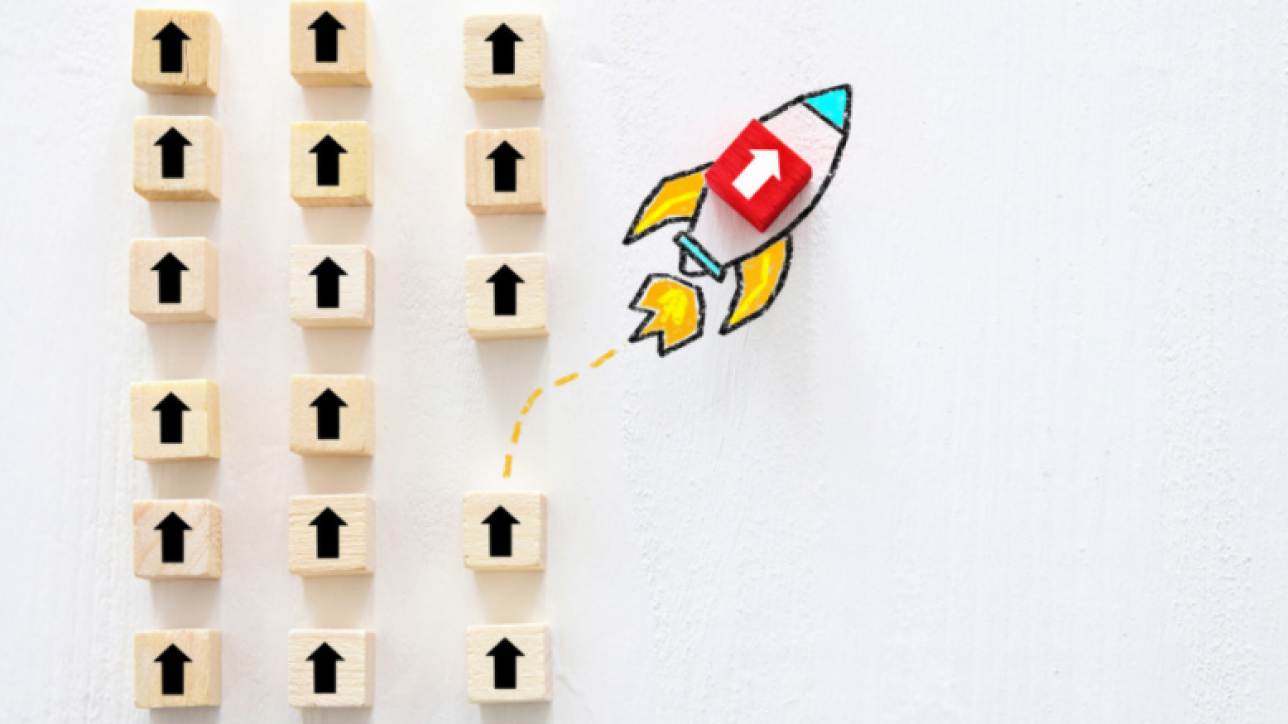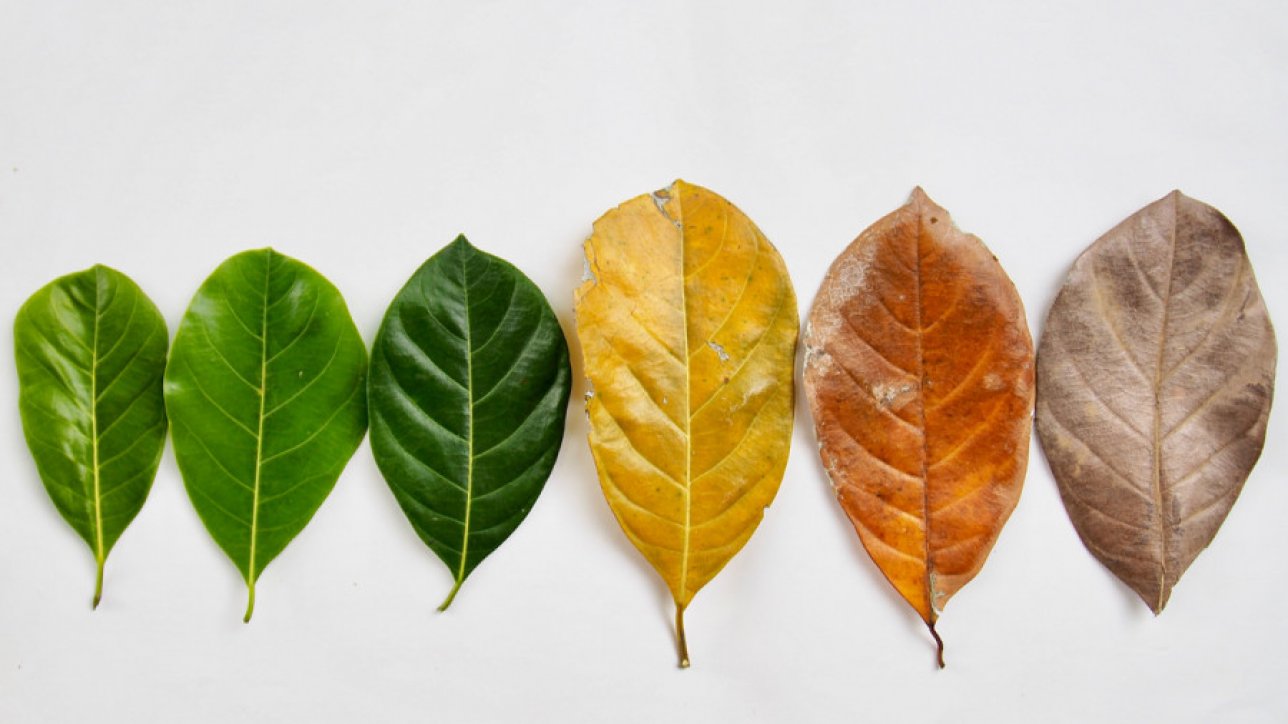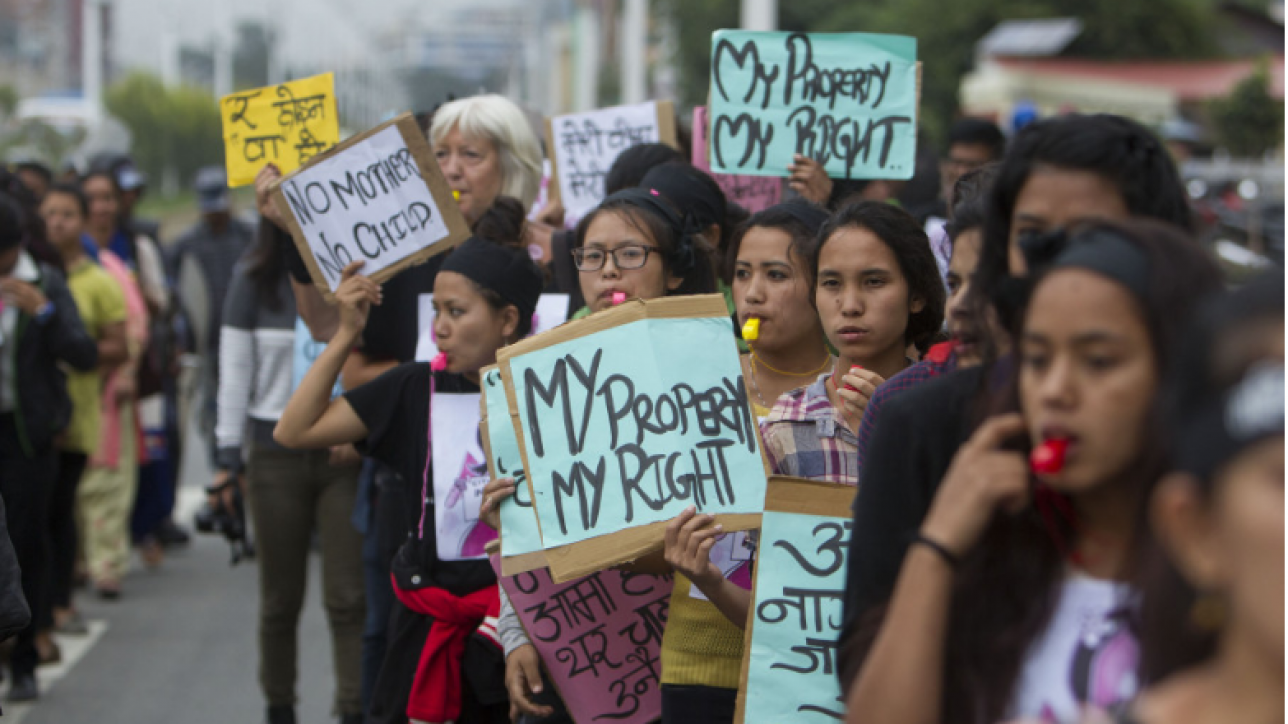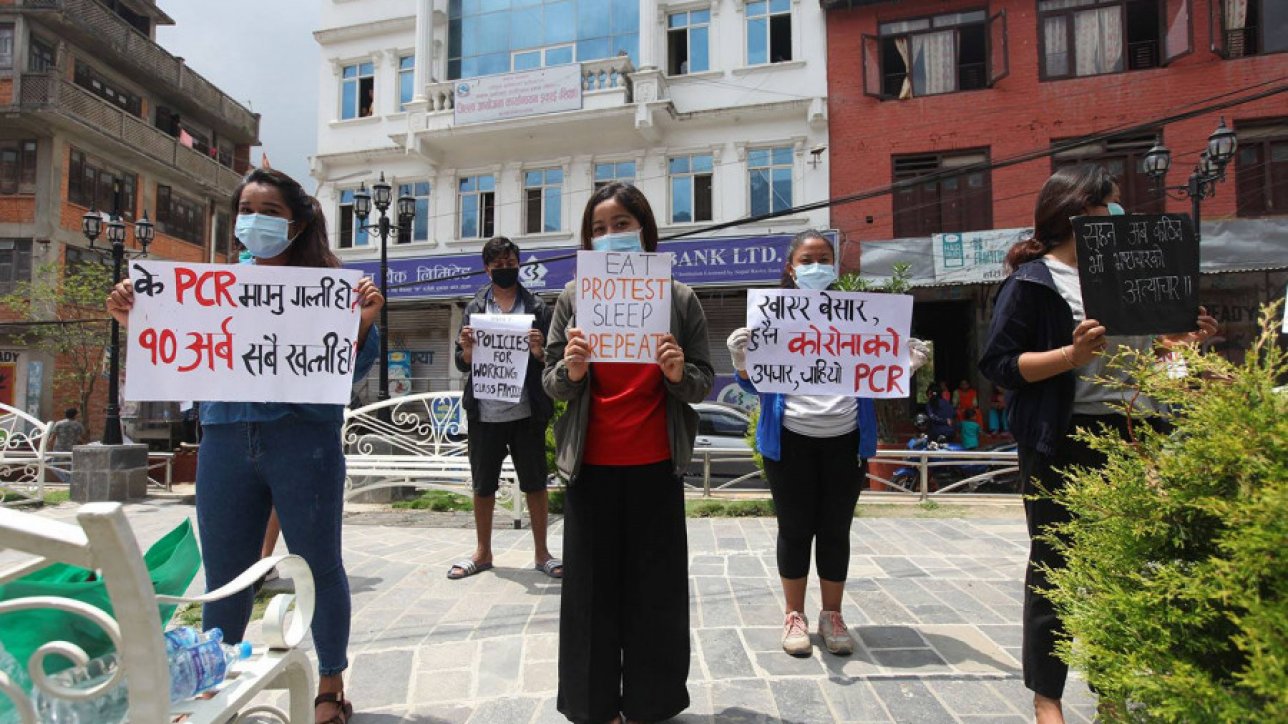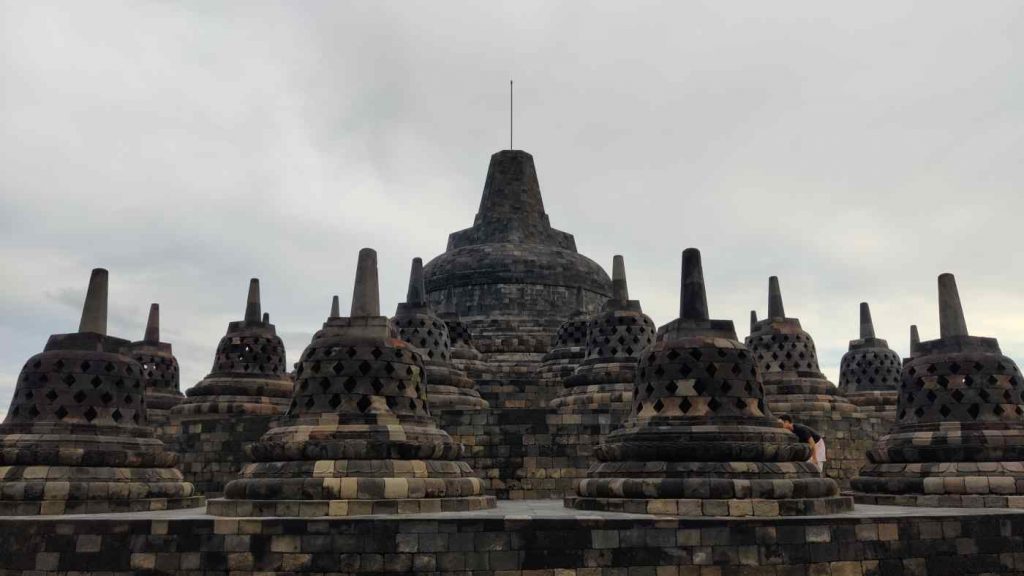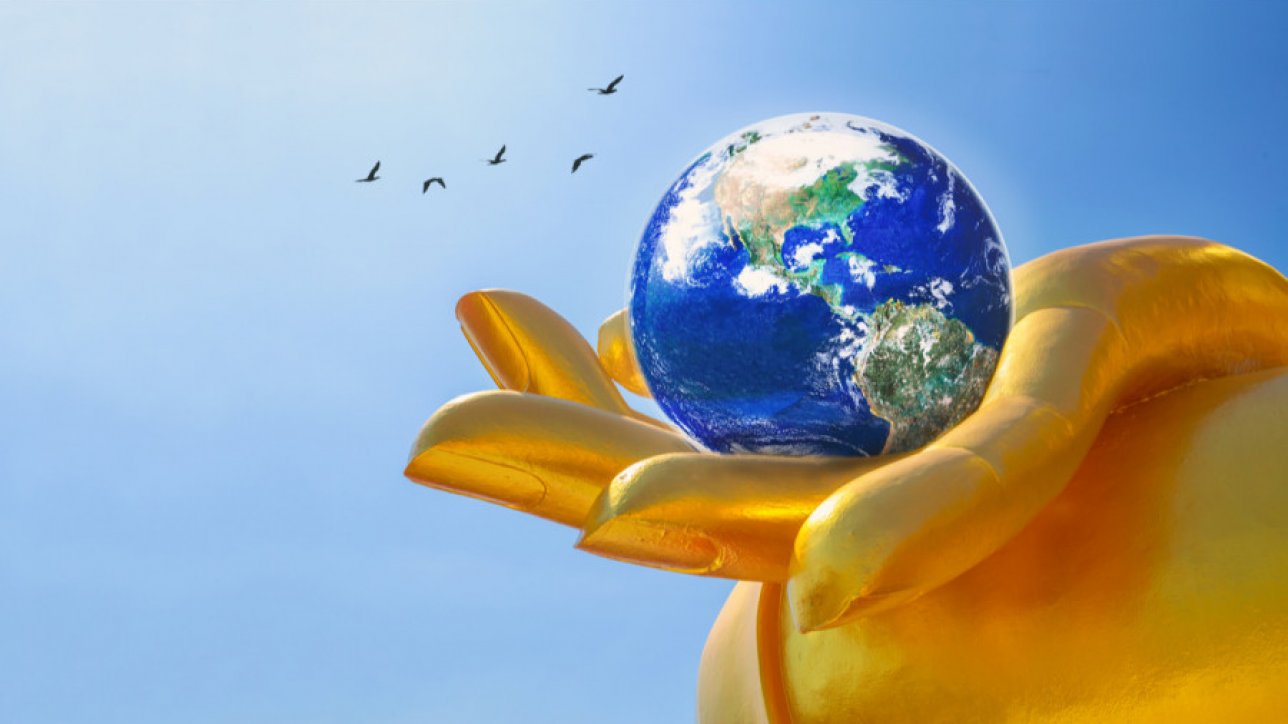Nepal can learn from countries like Rwanda on how good planning and execution are a must.
For the people who travel a lot for work and leisure like myself, the stress of not being able to travel has been one of the biggest ordeals during the pandemic. In Nepal, air connectivity that started to proliferate in the early 2000s made it easier to hop on a plane to New York or London than to plan a trip to Mahendranagar or Taplejung. The seamless connections provided by many carriers, and the perks that came with frequent flier memberships, made air travel something to look forward to.
Reading and watching movies on the plane, deleting emails and photos from phones and laptops in the airport lounges, connecting with people who are in different time zones while you wait for your plane, and just watching the hustle and bustle of an airport became part of life. Suddenly, a journey became the most stressful thing to plan. When commercial flights are not available, planning charter flights is a nightmare. Regardless of whatever online platforms may do for you, a trusted travel agency is a must during these times; for me, my travel agency spent five times longer than my actual trip time helping me get on a flight. In these trying times, there are countries that want to use control as a means of dealing with issues, and then there are other states than want to be known for how they facilitate travel.
International hubs
Countries like Dubai and Singapore know a good part of their economy depends on being a transit point for air passengers. They are quick to get processes right and make people feel welcome. Unlike our police, who, it seems, are trained to behave very rudely with people, using their power to control citizens, security personnel at international hubs are there to facilitate your journey. They are there to answer questions.
We do not find rude officers like those found at the Kathmandu airport gate at these hubs, where security also means etiquette and protocol. While many pictures of our new-look airport are flashed in the media, since the infrastructure is not planned well from an operations perspective, it will start to crumble soon. For instance, just having nine places that indicate social distancing will not control a crowd of 200 people. The way people were stuffed inside the buses that take you to the aircraft, there is no sense of physical distancing unlike in Dubai where the buses had designated places to sit and stand. Since most of the planning is done by people who never use normal channels for travel, and go through the VIP lounge formally or informally, and the bulk of the people who are executing the work have never been on a plane, the challenges in Nepal are immense.
Rwanda is one of the first countries to declare that they are open to tourists since the pandemic was declared. People can come on their own charter flights or the commercial flights that have re-started. They knew they can make good facilitation and service a comparative advantage—continuing to push their image as an emerging hub in Africa. Qatar Airways has invested in the new international airport slated to open in 2022, and plans to invest in the national airline. They are looking at 2035-40 to get to the leadership position.
The information that exists is very simple and is communicated very well. Before taking the trip, one needs to upload information on to a Passenger Locator Form that acts as a control number with a QR code for any tracing. The itinerary and test results need to be uploaded. One has to book into a hotel to stay for testing, and for 24 hours before one gets the results; there are many options at different price points. There is no ambiguity in the rules. At the airport, one is greeted by a robot that can scans your temperature and checks whether you are wearing your mask properly. You then get into the coach of the designated hotel and check-in. The tests are done at the hotels, as part of the service the hotel provides, and the results come through by email. Once you test negative, you are free to move to the designated place you intended to stay in. There is still a curfew in Rwanda from 7 pm to 5 am, there are still restrictions. But there is a sense of the situation being under control in contrast to Nepal.
Sticking to the rules
During the pandemic, most of the strain is psychological. There are hand washing units at every place you can imagine—even at public bus stops. If people are travelling by moto-taxi, they have hand sanitiser dispensers. People are also advised to carry a piece of cloth to put on top of one’s head before putting on the helmet provided by the driver, in case you are not wearing one.
Restaurants are open, with social distancing, and can operate at 30 percent capacity. The bars are closed, but alcohol is served in case you order food, and there are rules on how much alcohol you can order along with which part of the food menu. At one outlet I went to, they can serve up to two small bottles of beer with an appetiser, and three small bottles with the main course. There are people who are checking whether these rules are being adhered to, and they wear a coat stating they are ‘Wellness Ambassadors’. A violation of the rules will accrue a heavy fine. Not wearing a mask right is around $3, violating physical distancing rules $10, breaking the curfew will cost you $250 with an overnight stay at the local stadium (still adhering to social distancing), and hosting parties at home in excess of the stipulated norms will set you back $1,000. The list goes on.
With the pandemic creating a new normal, it is all about emerging with a perception that the country is safe and managing well. The country that can manage this will be the new destination for tourism, investment and economic activities. Nepal needs to learn from countries like Rwanda on how good planning and execution are a must.
***


